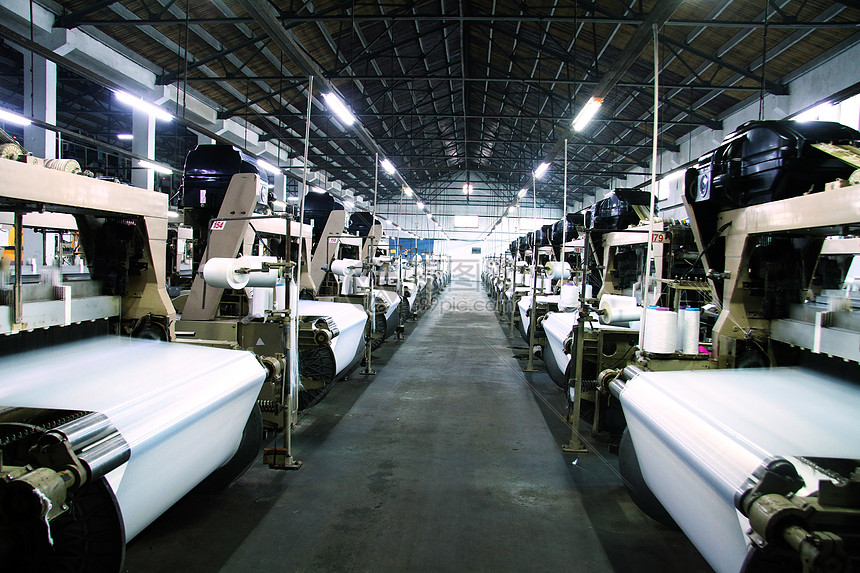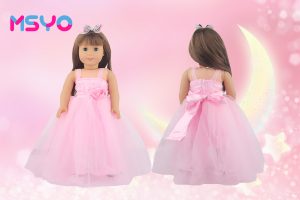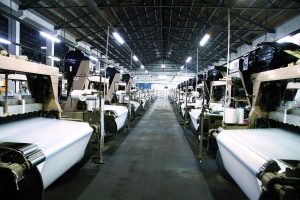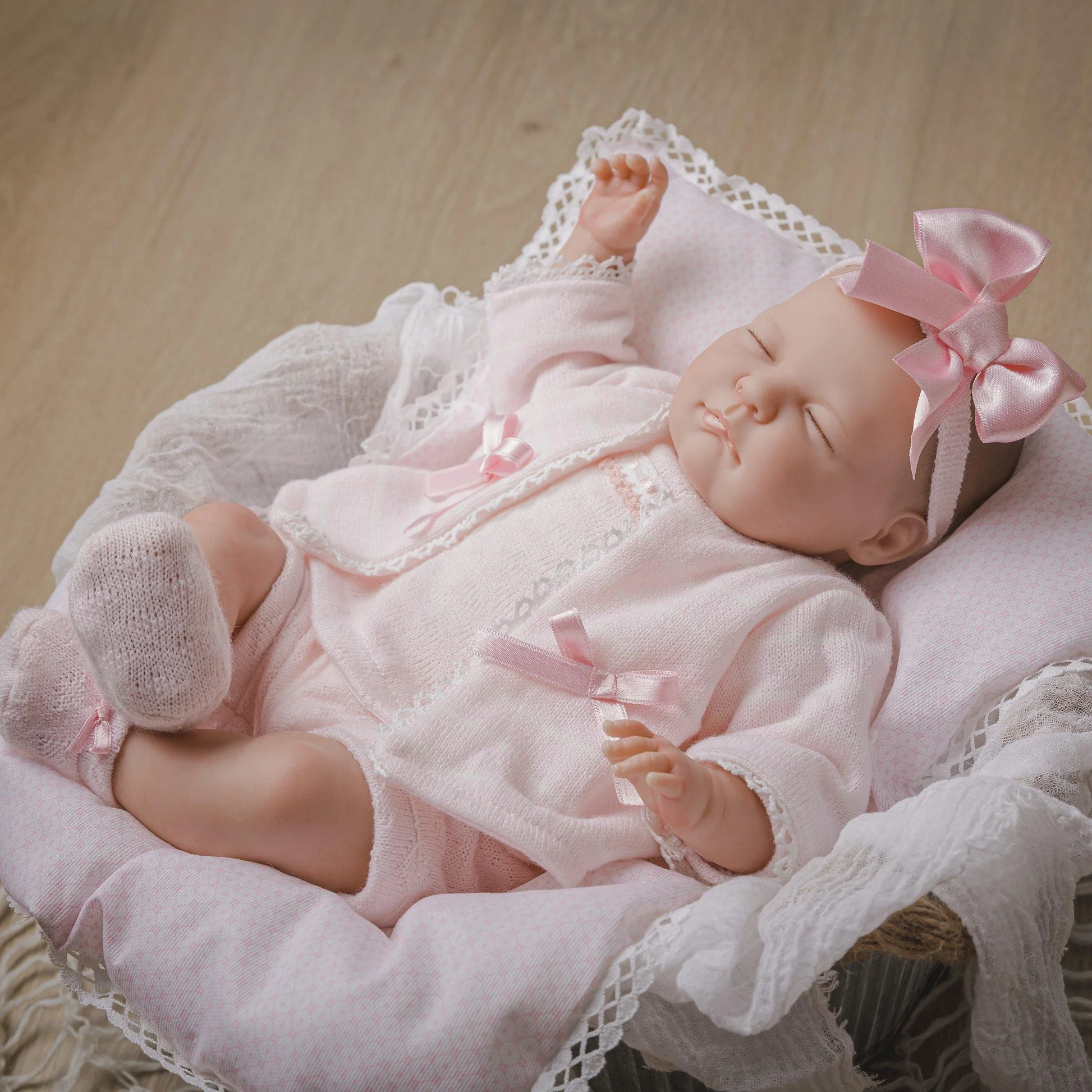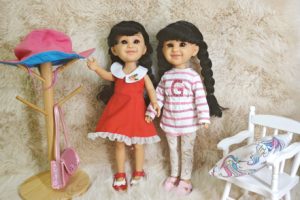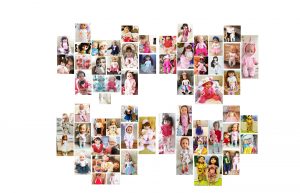The history of doll knitted clothing can be traced back to the 19th century, when hand knitting became a popular craft activity. People began to use knitting techniques to make clothes for dolls, which not only increased the playability of dolls but also enhanced their attractiveness.
Impact of the Industrial Revolution: With the advent of the Industrial Revolution, the development of mechanical knitting technology made the production of doll knitted clothing more efficient and precise. This change led to doll knitted clothing becoming a part of the toy industry, with many toy companies starting to produce such products.
Evolution of Design and Style: Over time, the design and style of doll knitted clothing have undergone continuous evolution and innovation. Designers began to experiment with different patterns, colors, and materials to create a variety of styles.
Modern Development: In modern times, doll knitted clothing has become a fashion trend. Many designers and brands have introduced various styles and designs of doll knitted clothing to meet the needs and preferences of different consumers. These clothes are not only used for children’s toy dolls but also suitable for collection and display.
Personalization and Customization: With the advancement of technology and the diversification of consumer needs, personalized and customized doll knitted clothing has become increasingly popular. Consumers can customize unique doll clothes according to their preferences, which further promotes innovation and development in this field.
Integration of Culture and Art: Doll knitted clothing has also become a way of expressing culture and art. Designers incorporate different cultural elements into their designs, making doll clothes not only a part of toys but also a carrier for cultural heritage and artistic creation.
The history of doll knitted clothing reflects the combination of craftsmanship and industrialization, as well as the increasing importance of fashion, culture, and personalized needs in the toy industry.

